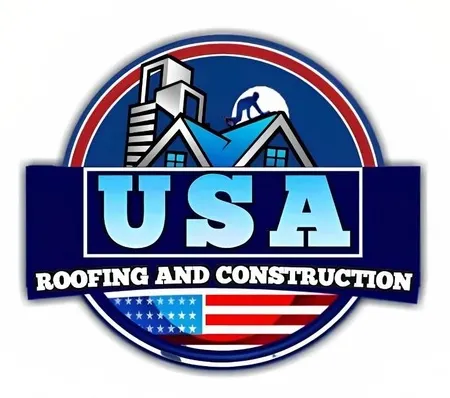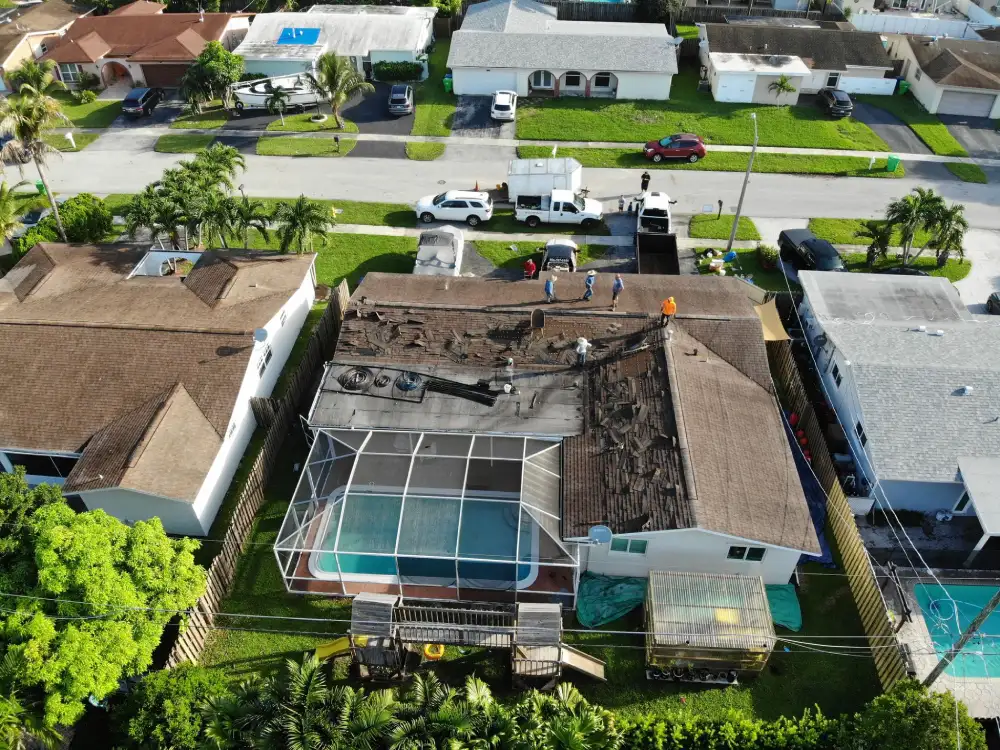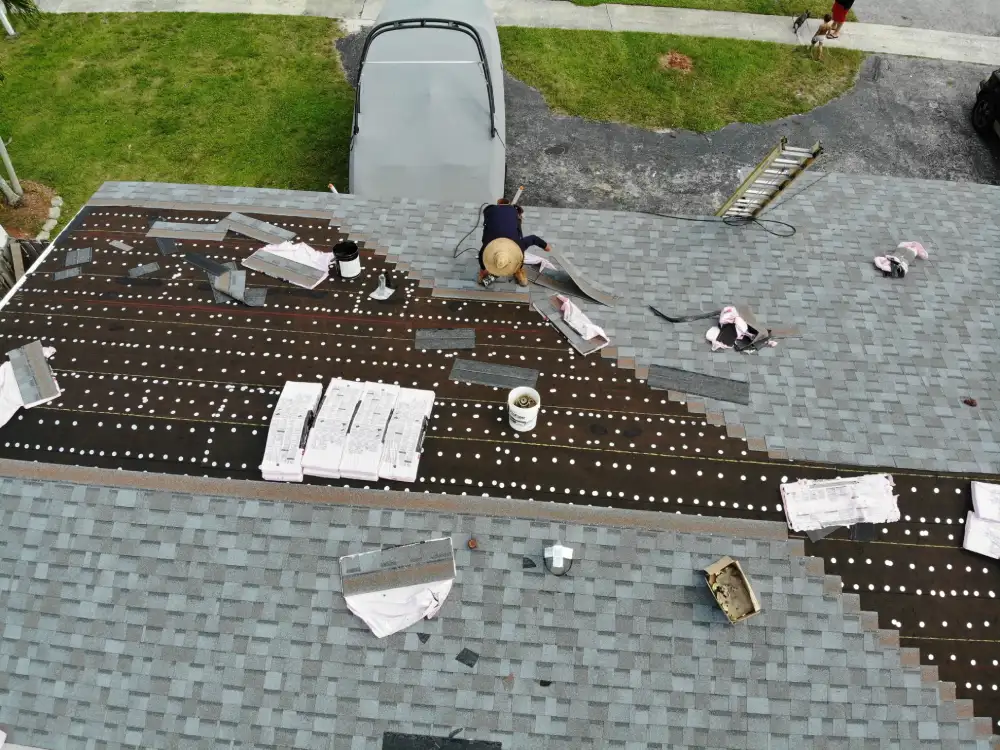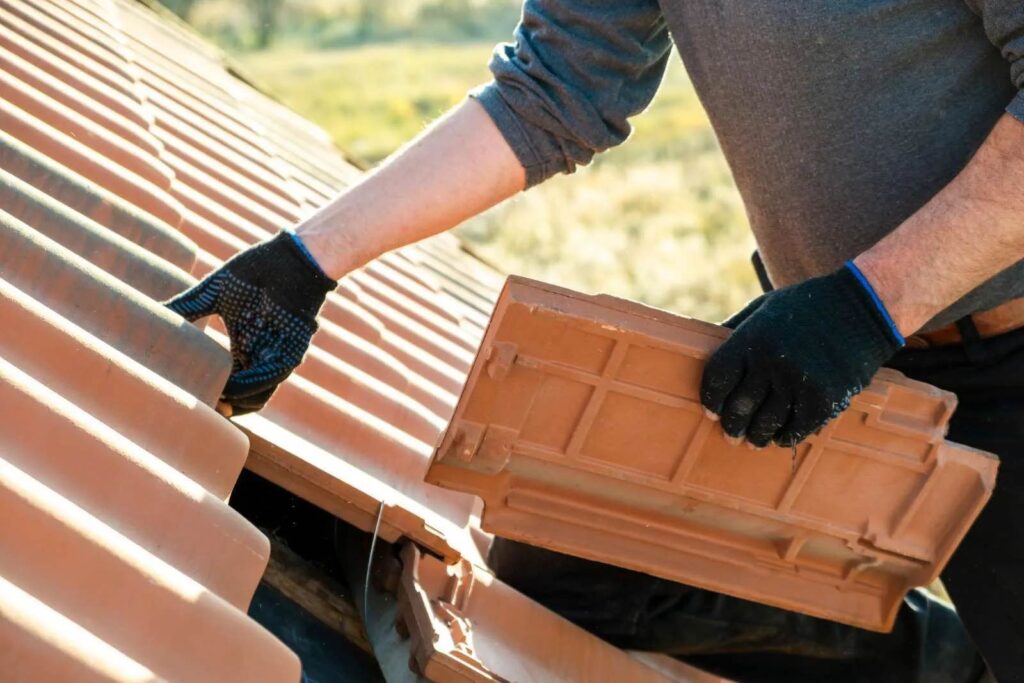Your roof is one of the most overlooked parts of your home’s exterior, but if you really think about it, your roof is the glue that holds your home together. That is why it is so important to choose the right roofing materials for your home. When it comes time to choose a new roof, the decision can be a tough one for a few different reasons but the main one is that you simply do not know enough about different types of roofs and the benefits that some have over others.
The bottom line is that the average homeowner knows very little about their roof and why the material they have was chosen. That is why we have put together a list of the most important things to look for in a new roof and what materials might work best for your home.
Factors to Consider
When choosing a new roof material, there are a few logistical considerations to make. Things like weather, and climate can have a huge impact on the service lifespan, for example. You also have to keep in mind that there are many laws and regulations as to what roofs can be added to homes in certain areas. Understanding your state, city, and neighborhood requirements before you start looking at roof materials can help save you a ton of time.
Climate
Climate is one of the most important things to keep in mind when choosing a roof material because local weather can have a major impact on your roof material’s lifespan and integrity. There are several climate concerns to consider to ensure that you are maximizing energy efficiency and durability. Depending on your location, you may need to choose a roof that is specifically designed for the local climate. For instance, in areas with heavy snowfall, a steep-slope roof with a suitable pitch and materials that allow snow to slide off easily can prevent ice damming and snow accumulation. Different roof materials handle extreme elements very differently.
Longevity
While most roof materials have a relatively long lifespan in general, some roof materials can last your lifetimes and more while popular options like shingles might have to be replaced after 20 years. If avoiding this inconvenience down the road is a priority to you, it is worth looking into the projected service lifetime for the most popular roofing materials before you make a decision.
Budget
The very first decision you should make in your roofing journey is what you feel comfortable paying for a new roof. In many cases this decision can narrow your options down in a major way. The upfront cost of roofing materials can vary significantly. Some materials, like asphalt shingles, tend to be more affordable, while others, such as metal or slate, are generally more expensive. Your budget will help determine which materials fall within your price range.
New roofs are always going to be a large expense but your choice in material and contractor can make that cost vary greatly. You could be looking at $10,000 or you could be looking at $50,000+.
Community Guidelines & Local Building Codes
Local and community codes can put major limitations on what type of roof you are permitted to have. Some HOA’s, for example, only allow one type of roof to maintain uniformity. In other cases, local municipalities often put limitations on what roofing materials you can and cannot use. These guidelines and codes may impose restrictions on certain roofing materials based on their fire resistance, durability, or environmental impact. For example, in areas prone to wildfires, there may be requirements for fire-resistant roofing materials such as Class A-rated asphalt shingles, metal roofs, or concrete tiles.
Another circumstance that might have an impact on what roof material you can choose is your home’s historical status. In many cases, city historical societies will limit the types of materials used in a designated historic district. These guidelines are typically put in place to preserve the architectural integrity and historical character of the area.
If you live in a state or an area with emissions testing and requirements for cars, you might want to check local ordinances for roofing requirements. Some local building codes incorporate energy efficiency standards that impact roofing material choices. For instance, there may be minimum insulation requirements or regulations for cool roofs, which promote the use of reflective and energy-efficient roofing materials. Local roofing professionals should be aware of any of these requirements and can help you navigate any complex building limitations.
Maintenance
Maintenance is a factor that people often overlook but it can be one of the most important things to consider when choosing a roof. Some roof materials require significantly less frequent and invasive upkeep than others, and this can cost you thousands of dollars in the long run. For example, wood shakes or shingles may require periodic inspections, cleaning, and treatment to prevent rot, mold, or insect infestation. On the other hand, materials like metal or concrete tiles typically have lower maintenance needs and may only require occasional cleaning.
How much it will cost you to keep up with your chosen roofing material’s necessary maintenance can vary greatly. Some materials, such as asphalt shingles, are relatively inexpensive to repair or replace individual damaged sections. Others, like slate or tile roofs, can be more costly due to the specialized labor and materials involved
Popular Roof Materials
Once you have decided what your priority is in your roof, it is important to speak with a qualified roofing professional to discuss what options are popular in your area, what materials are accessible to you, and the overall estimated cost of materials and labor. When choosing a new roof, it is vital that you choose the right one. After all, the expected lifespan of a roof is around 25 years on the low end and costs several thousands dollars. This is a huge commitment in many ways. Being satisfied with the end result is imperative. Here are some popular options and the benefits and drawbacks associated with them.
Asphalt Shingles
This is the most common type of roof in the US and has been for many years. They are made from a fiberglass or organic base mat coated with asphalt and topped with ceramic granules. These individual pieces are lightweight and nearly all professional roofers know how to install these types of roofs. This means that the installation costs are much less expensive than heavier materials like metal and tile.
Asphalt shingle roofs typically last around 20-25 years with some brands and types lasting as long as 30 years. Though they do not last as long as some other materials, shingles are both easy to install and repair, making them one of the most cost-effective options.
Metal Roofs
Metal roofs are made out of sheets of metal or metal composite. They are typically more expensive than shingles but can last much longer and require less regular maintenance. On top of this, they are also easy to repair and small repairs can be inexpensive compared to other materials’ repair cost.
Metal roofs can last anywhere from 40 to 70 years, depending on the type of metal used. They are popular options, especially for home in areas with frequent inclement weather. Metal roofs are highly durable and can withstand harsh weather conditions such as high winds, hail, and heavy snow.
Tile Roofs
Tile roofs are roofing systems that use individual tiles made from various materials such as clay, concrete, or slate. While tile roofs are not as popular in the United States as other roofing materials, there are many other countries that use tiles as their primary roofing material. Tile roofs are both extremely low maintenance and highly resistant to extreme elements like fire, hail, water, and high winds.
Tile roofs can last between 50 and 100 years or more, depending on the type of tile. Slate tiles, for example, are known for their long lifetime, often making it well past 100 years before they have to be replaced. Between their low maintenance needs, extreme durability, and long service lifespan, many homeowners find that they more than make up for the larger upfront cost with their tile roof.
Wood Shake Roofs
These types of roofs typically last between 30 and 50 years but they require more maintenance than most other roofing materials. They are also not as impact or fire resistant as other materials. These are most commonly used in wood cabins aiming for a rustic, traditional look. They are often installed in homes in rural areas where they blend well with their natural surroundings. Over time, wood shakes may weather and develop a grayish or silver patina that does not affect their functionality but adds to their “charm”.
These types of roofs are not as common as they once were and you might have difficulty finding a roofing professional who is willing and able to install a wood shake roof. If that is the direction you choose for your roof, it is crucial to work with experienced roofing professionals who are knowledgeable about wood roofing systems, so make sure you are doing your due diligence.
USA Roofing Inc
Ready to talk to a professional about your roofing needs? The experts at USA Roofing Inc. are ready to walk you through every stage of this process and help you make the right decision for you and your home.
Don’t need an entirely new roof, just repairs? We’ve got you covered there, too! Whether you require repairs, replacements, or new installations, USA Roofing Inc. boasts meticulous attention to detail and we use top-grade materials to deliver durable and long-lasting results. Give us a call today at 954-893-2550 or visit us online to get started.



